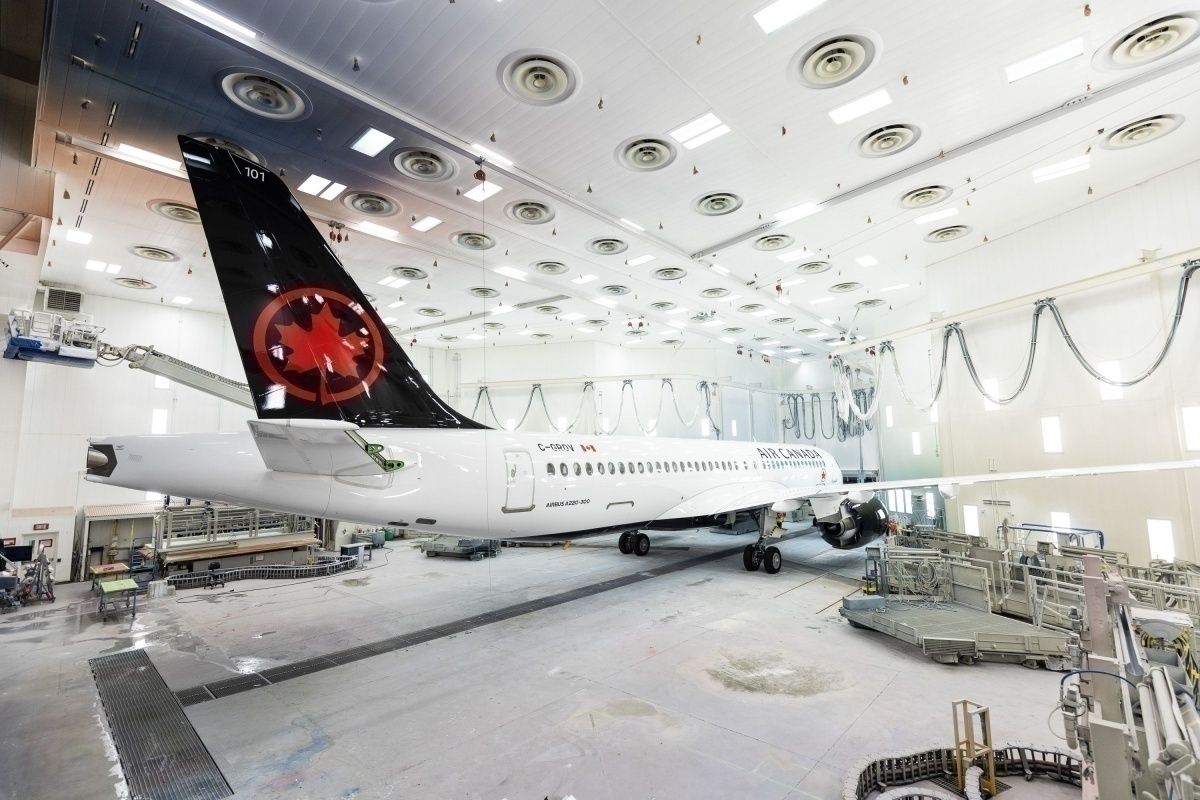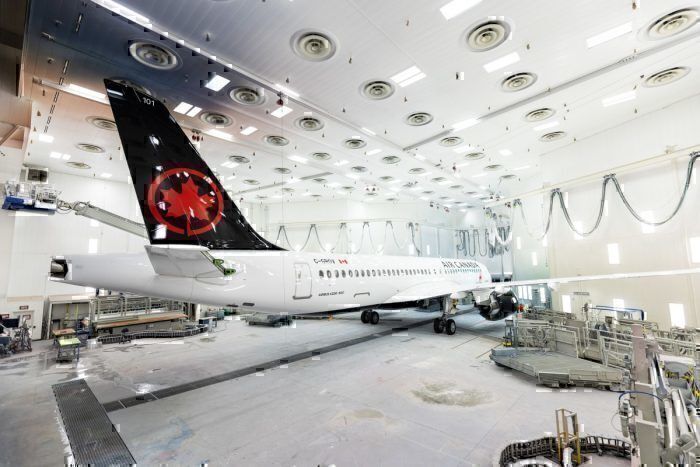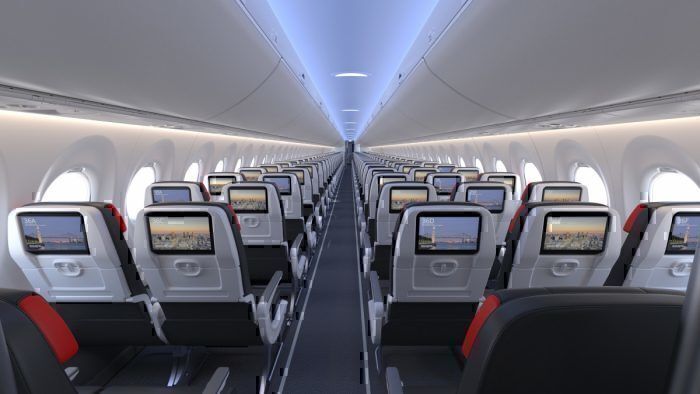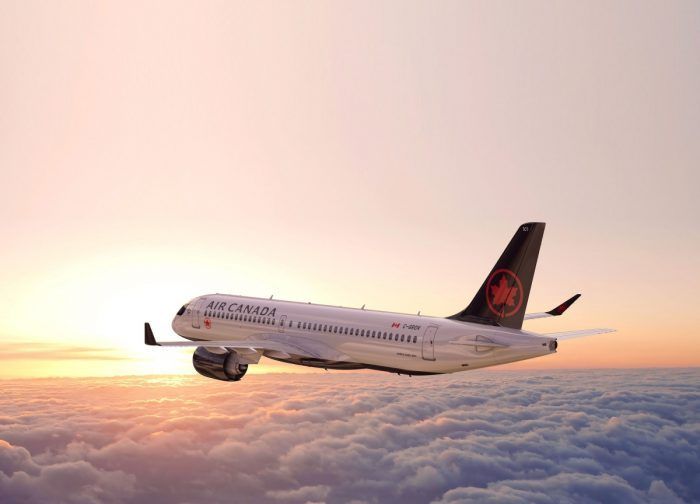Yesterday Air Canada’s first A220 was unveiled by Airbus as it rolled out of the painting hangar for the first time. The jet was completed at the Bombardier final assembly line in Mirabel (Quebec, Canada). With Air Canada as the first and only Canadian operator of the A220, the aircraft will be delivered to the airline next month. The goal for the new jets: to become operational by Spring 2020. So how will the Airbus A220 shape Air Canada?
Long and skinnier
The fuel efficiency and range of the A220 will allow its operators to connect its large hubs with smaller cities while still ensuring load factors that keep the route profitable. According to One Mile At A Time, the A220 is at least 20% more fuel-efficient than previous planes serving the same market
Using the same concept as the Boeing 787 Dreamliner, the Airbus A220 will operate routes that are long range with low demand (obviously on a much smaller scale than the 787). For example, the airline will launch a Montreal-Seattle route, starting May 4th. This will allow U.S. passengers to connect to certain destinations in Europe and North Africa, luring away market share from US carriers.
Speaking with the Financial Post, Mark Galardo, vice president of network planning said the following:
“The economics that come with this aircraft allow Air Canada to open new routes that you couldn’t serve profitably...Part of our business case for the route is having some Seattle to Europe traffic (connect) via Montreal.”
Another example of a lower-demand route made possible by the A220 is the upcoming Toronto-San Jose, California service. This will also commence on May 4th.
Fleet upgrades
Air Canada has an order for 45 A220 jets with options for another 30 according to FlightGlobal. The airline says it intends to use some of its new jets to replace its aging Embraer 190s. According to Airfleets, the Air Canada Embraer fleet is now over twelve years old.
However, from his interview with the Financial Post, Mark Galardo also said that these new jets “...won’t address the 737 MAX deficiency,”. At the time of writing this article, the carrier has taken its 24 grounded MAX jets out of its schedule until mid-February.
Conclusion
So how will the Airbus A220 affect Air Canada? Well, to cut a long story short, it will allow the airline to become more profitable through lower fuel consumption, whilst providing full load factors on low-demand routes.
Considering the airline's plan to connect U.S. passengers to certain destinations in Europe and North Africa, would you choose Air Canada over the three major U.S. carriers? Or would you choose neither and go with a European airline, connecting through a hub on the other side of the Atlantic? Let us know in the comments!




